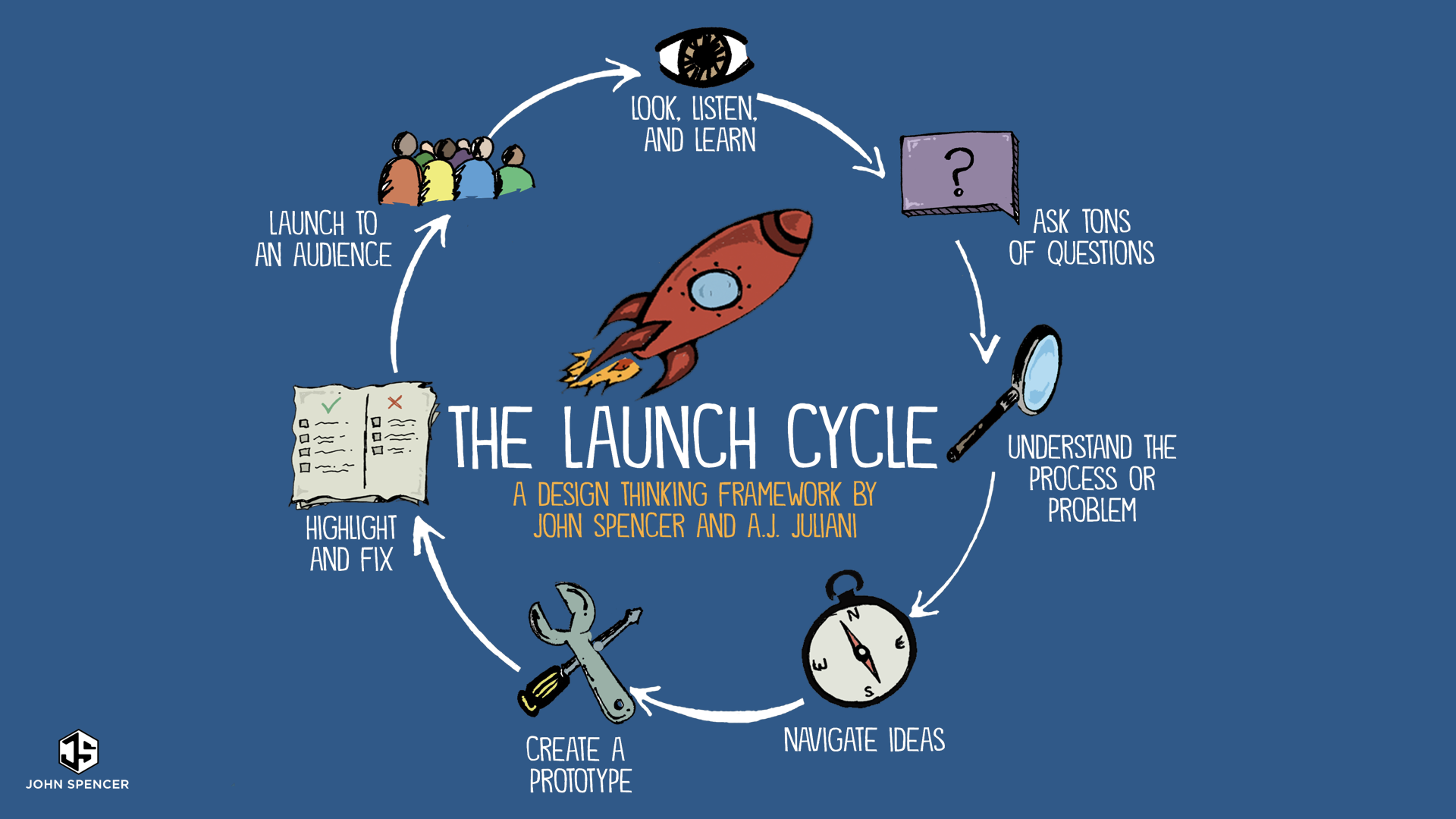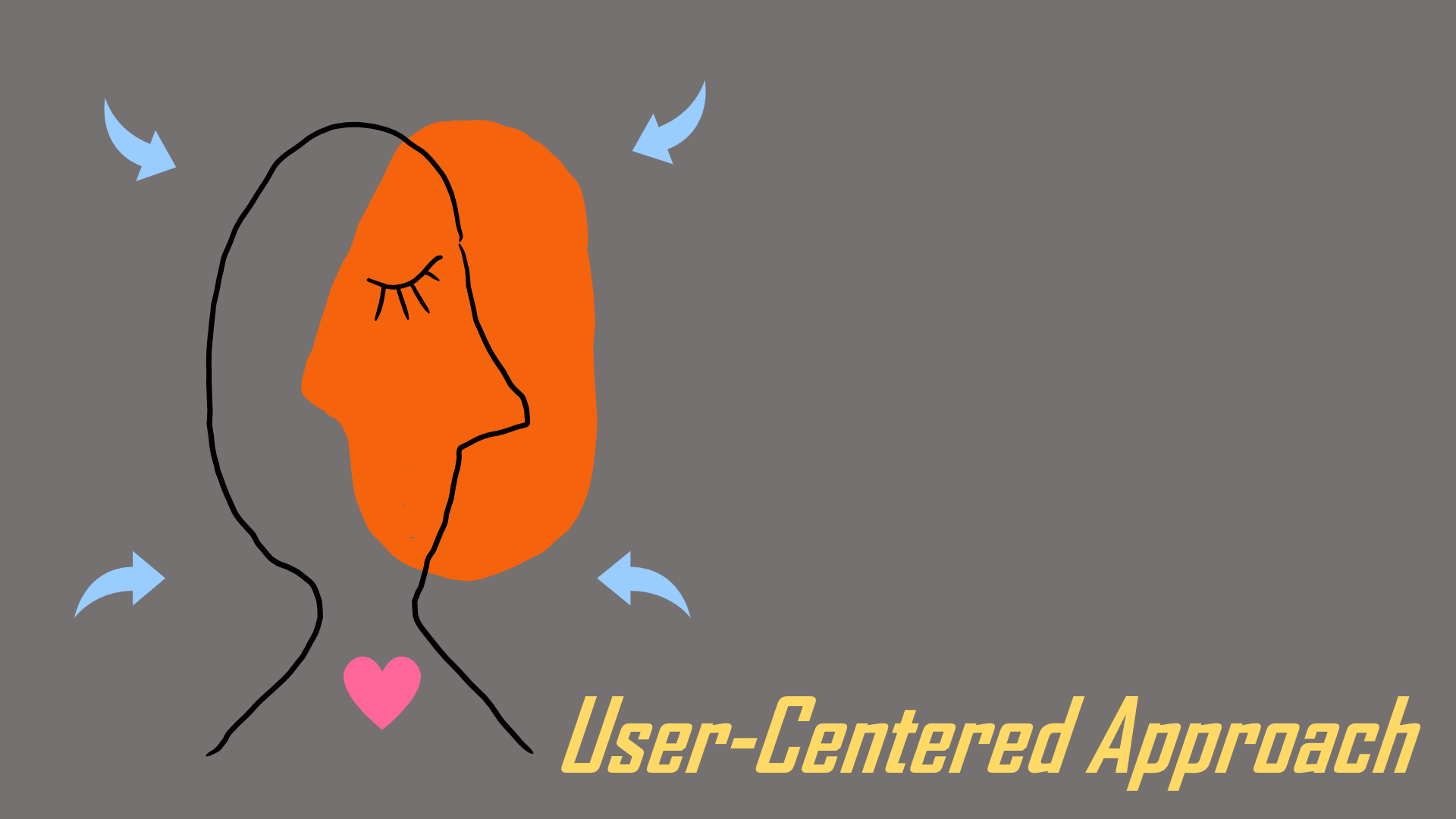To some, Design Thinking is nothing but a buzzword. But to many others who have experienced Design Thinking and understand what it is all about, they start to see things from a different perspective.
Hi! My name is Michelle and I am a Design Thinking practitioner, a Creative Consultant and an educator. Design Thinking has been a huge part of my professional life for the past 5 years, and I have applied what I have learned in solving life’s challenges that has made my experience more efficient and interesting!
Do allow me some time to share with you about Design Thinking and why I believe everyone should learn more about it. But before I begin, I have two questions for you:

In my free time, I love drawing.
If you’ve answered YES to both my questions, please do read on!
Well…. Even if you answered no to either or both questions, I hope you would read on.
Discomfort in Ambiguity
When someone experiences ambiguity (e.g. being in a foreign country, in a new company, or having unclear expectations in class), they will feel a sense of discomfort. When that happens, people would think of ways to deal with the situation because there is no clear answer or action to choose. With the fear of making a mistake, insecurity surfaces. For some people, this would result in stress.
Even in the field of medicine, ambiguity and uncertainty occurs daily. When faced with the lack of factual information during an emergency, physicians are expected to make decisions in such ill-defined context.

Image of a medical professional by Jonathan Borba via Unsplash
According to a research titled Ambiguity and uncertainty tolerance, need for cognition, and their association with stress. A study among Italian practicing physicians (Iannello et al. 2017) on the Medical Education Online, it was said that “The physicians’ ability to tolerate ambiguity and uncertainty has been proved to have a great impact on clinical practice.”
While we cannot avoid ambiguity in life, we could improve our ambiguity tolerance. The concept first introduced by Else Frenkel-Brunswik in 1949, ambiguity tolerance is described as “the ability to perceive uncertainties, contradictory issues which may be difficult to understand, as well as information with vague, contrary or multiple meanings in a neutral and open way.” (Mclain, 2015).
Why is Ambiguity Tolerance Important?
A quick look at the year 2020 is a good summary of just how important ambiguity tolerance is. How did people feel when news of the pandemic surged around the world? How did students feel when classes were shifted online? How did the educators feel about suddenly having to adapt the entire class online? What about employees around the world who had to work from home? Or worse, lose their jobs because their jobs just could not “go online”?

Image of a child feeling frustrated by online learning by Kelly Sikkema via Unsplash
When we are faced with uncertainty, we would feel uncomfortable. People are uncomfortable when there is no ready solution. In a way, the discomfort might lead to people satisficing, a term used to describe one’s tendency to select the first acceptable solution that comes to mind rather than deferring judgment and deliberating a wider range of alternatives.
Moreover, with the rapid change happening in the current world, we should all be equipped with ambiguity tolerance to help us navigate through life and have healthier mind.
Design Thinking as an Essential Skill
Along with communication, leadership and having a growth mindset, Design Thinking has been a well sought-after skill by employers. As the workplace is quickly evolving, employees are expected to be more agile at adapting to change. After all, aren’t we are being hired to solve problems?
Not only is Design Thinking a skill that is required in the workplace, it is also required in education. Education must be in line with the rapid change to ensure students are keeping up with the times. A student-centered approach focusing on adaptive learning pathways would help the younger generation to learn and adapt along the way.
In some schools across the world, young children are already being introduced to Design Thinking. Should we wait and see how these children would grow up to change the world, or should we also ride this wave of change by learning more about Design Thinking and developing with them?

Image of LAUNCH by John Spencer via the Spencer Author website
For more information about Design Thinking, please do check out our previous post HERE!
Design Thinking Increases Ambiguity Tolerance
In Design Thinking, we always believe in failing early and failing fast. Let me share a real example with you:
One group in my Design Thinking class worked on a project related to technology and innovation focusing on senior in their 60’s and above. The team members were highly skilled, creating a beautiful website and phone application that factored in weak eyesight of their target users. They took months to perfect the app and website, discussing on what other features they should add into their work. Two weeks before the final presentation, I asked one of the team members how many times did they go through the Design Thinking cycle? And the answer was a happy sounding “Once!”.
As I sat with the group to review the process flow, the group suddenly realized that their proposed solution will not work. While they were focusing on how to make the website more senior-friendly, they forgot to factor in that the phones used by the elderly would not display the site well, neither would it run apps that were designed for the latest smartphones. They felt that they have wasted 4 weeks’ worth of hard work into something that might not work.
”In Design Thinking, we always encourage practitioners to go through the 5-step cycle quickly to validate their initial hypothesis. If team members find an error in any part of the 5-step process, they could always go back to the part and iterate (repeat) the process. The faster we realize a problem, the faster we could correct it before we go on to creating a final output.
Of course, it was a tough lesson for my students when they realized they have burned 4 weeks, but it was a good learning experience. I believe they will not repeat the costly mistake again in real life! Or so I hope!
Design Thinking helps us to become more comfortable when we are faced with ambiguity. Using the 5-step process as a guide, we can systematically work on the problem and by understanding the real problem, moving quickly to the prototyping and testing phase to validate an assumption.

Original image by Denise Jans via Unsplash
In Conclusion…
The fear of failure has been ingrained into our culture and has become a ‘permanent feature’ in our lives. We have been taught to always showcase our best work and hide our flaws, but this is not a conducive environment for learning. In fact, we do not need to fear failure. Instead, we need to rethink the concept of “failure”.
Do not aim for perfection on your first try, and always iterate (repeat) the process until you get better results!
Rather than continue believing that making a mistake equals failure, look at it as the first step in learning. Failure is reserved for situations when we do not do anything.
I look forward to growing with you as Design Thinking practitioners!
”Fear not of making mistakes, but our inability to make decisions or to take action.

Image of Failure by Estée Janssens via Unsplash
Design Thinking Class at NUT (September 2020)

The Design Thinking course is being offered again this September 2020. Feel free to drop us a message at the Nagaoka Review for more information or contact the University Administration to sign up for the class.
Format: Online (Zoom)
Class Schedule:
9 Sep (Wed) – 3, 4限 [rescheduled*]
16 Sep (Wed) – 4限
30 Sep (Wed) – 1,2限
7 Oct (Wed) – 3,4限
12 Oct (Mon) – 3, 4限
21 Oct (Wed) – 3, 4限 [tentative*]
4 Nov (Wed) – 3, 4限
11 Nov (Wed) – 3限
18 Nov (Wed) – 3限
25 Nov (Wed) – 3, 4限












